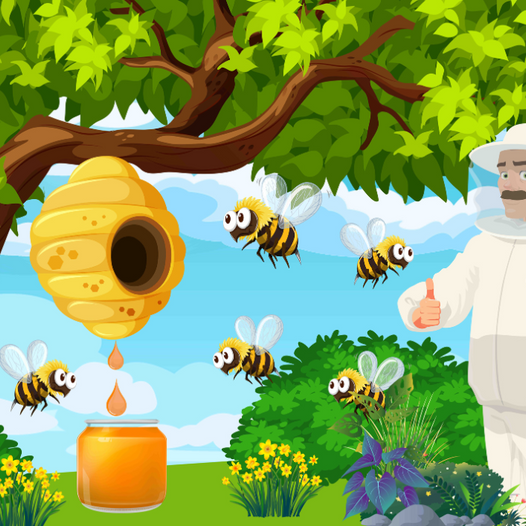
How to Turn Your Hobby into a Business? | A Beginner’s Guide to Profitable Beekeeping
Beekeeping is a fascinating and rewarding hobby that not only contributes to the environment but also produces delicious honey and other bee-related products. However, with the right approach, you can...








